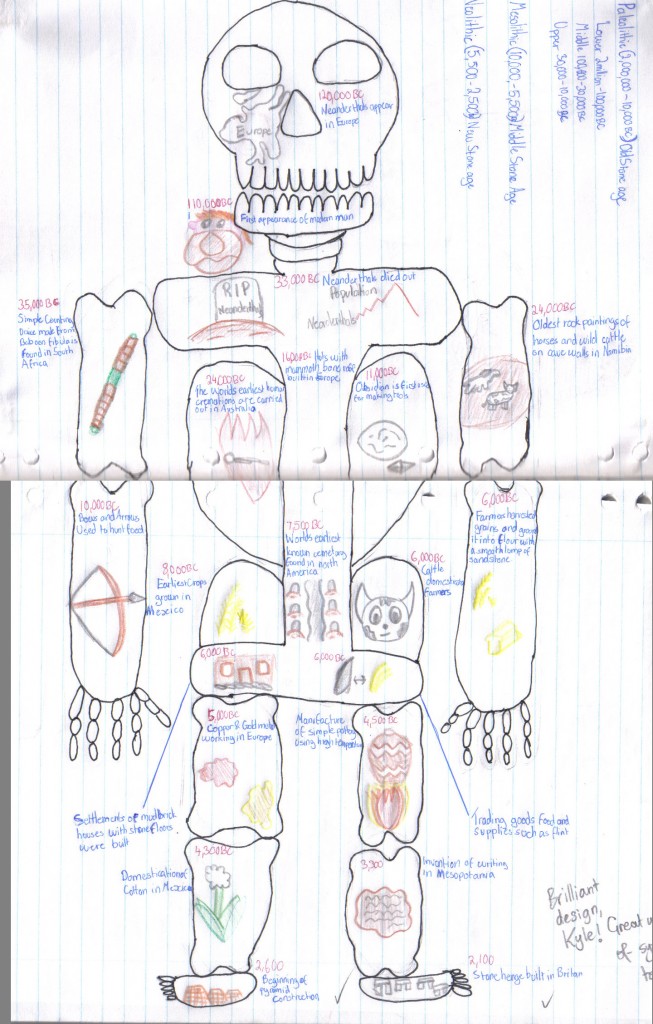Now that we have watched the film “Sieges: Castles at War” in class, you might need to check your memory for some of the facts and vocabulary used in the film. This quiz will help you to lay siege to the test next Thursday (18 November), storm the walls and take possession!
http://quizlet.com/2335584/sieges-castles-at-war-flash-cards/
Topics to revise for the test – to be run next Thursday 18 November:
♦The name “Middle Ages” and how it came into being
♦The poetic language of the Anglo-Saxons and Vikings, especially their kennings
♦The feudal system: advantages and disadvantages, lives of peasants (serfs, free peasants, etc.)
♦The different types of Black Death: bubonic, pneumonic and septicaemic
♦The reasons why the Black Death had such a devastating effect on Europe
♦The nature of siege warfare during the time of the Hundred Years’ War
♦The words and meanings on these quizlets:
http://quizlet.com/2335584/sieges-castles-at-war-flash-cards/
http://quizlet.com/2280769/black-death-flash-cards/
Document for the test: This is a famous poem, describing the plight of a poor peasant family in the Middle Ages.
The Crede of Piers the Ploughman
by William Langland, written 600 years ago

 Summary:
Summary:


